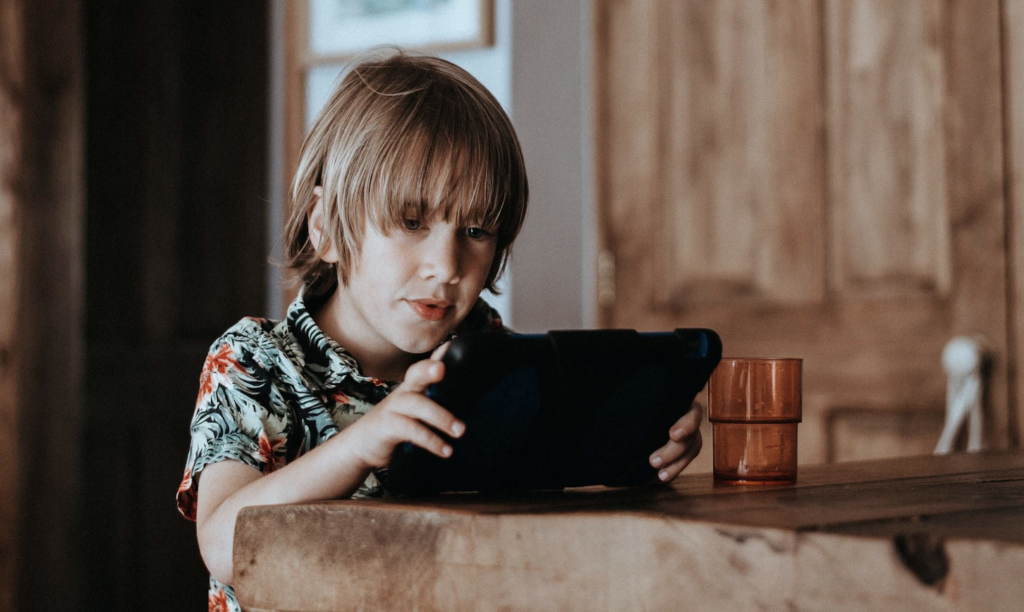Dubit makes games for the metaverse, and has over 20 years experience of creating digital gaming worlds and experiences. The company’s SVP of Global Trends, David Kleeman, recently sat down with us on SuperAwesome’s #Kidtech podcast to discuss the changing nature of children’s relationship with technology, the emerging metaverse, and the role brands play in kids digital media.
Read on to glean David’s insight into the complexities of building a metaverse for kids, and how brands can avoid making mistakes in this developing space.

The Dubit team develops interactive live events for the metaverse inside the major gaming platforms, including Roblox, Minecraft and Core. While their work isn’t limited to the kids gaming ecosystem, they’re keenly aware of the essential role that this audience plays. Kids have always been the core user base for Roblox, but during the last two years of the pandemic, the nature of this usage changed, as did parents’ relationships with their kids’ screen time.
David notes, “All the things that kids used to do in person had to become digital, when kids weren’t able to be face-to-face with each other. Parents who were working from home, and who had their kids at home, started to spend more time looking at how their kids were using media.
“They started saying, “Oh, wait a minute, he’s not just playing games in Roblox, he’s building games in Roblox or he’s connecting with his friends and they’re having conversations in the same way that they would’ve had them in the playground after school, but they’re having them while they’re playing this game”. Parents started to shift their attitude from the idea of screen time (a term I hate because screens bring us so many things) to looking at the content and the context of what their kids were doing.”
This behaviour shift in kids didn’t just change the attitude of parents – it also changed the way content creators and platform owners developed their work. According to David, the complex way kids were using these in-game tools led to recognition that these platforms were becoming a core part of how we socialize, how we play, and how we learn – and that kids were the key to understanding that. This has substantial ramifications for how we talk about the metaverse, but kids opening the gateway to new technologies was no new phenomenon.
“There is a history going back to the early days of television and probably before, of insisting at the beginning of a new technology that it’s going to be great for kids. Every single development in technology gets pushed first at parents as being good for kids. And once there’s significant penetration, then kids fall by the wayside because they’re not as lucrative as other audiences.
“I feel like we are at the beginning of the metaverse, and we have to be intentional about how we develop it as a platform, as a world, as a universe for young people, so that it does not become just marketing hype at the beginning, followed by disappointment.”
In David’s opinion, there are a few key areas where brands can avoid making mistakes in the metaverse.
Prioritise safety and privacy in the kids’ metaverse
“There cannot be a metaverse for kids without safety, privacy, security, and that’s something we have stumbled on in almost every platform that we’ve expanded to. The metaverse is going to be particularly challenging for that, in that it is intentionally a globally connecting service. It’s global, it’s always on, and how you get agreement across all those platforms, all those places, all those brands to participate in a safe, secure, privacy-enhancing environment is going to be very tough.”
The metaverse must connect with the real world, not stand apart from it
“Most people’s experience with the concept of the metaverse right now comes from Ready Player One, which is just the opposite of that. That metaverse was created to escape a dystopian future to avoid being in the real world.
“I’m very much hopeful that we will create it from a much more positive, playful perspective where it will connect up with the real world; we won’t use it to escape anything in the world, but to connect in ways that are not necessarily possible in the real world. To build in ways that aren’t necessarily possible, to collaborate across borders, across space.”
Recognise the importance and value of fan art among young audiences
“IP owners and content creators need to give up a little bit of the control that they’ve always kept. There’s been, for a long, long time, a feeling of “don’t mess with my content”, discouraging fan fiction, fan art, fan adoption of things.
“I think there’s a much better understanding now that this is a valuable tool for promotion, for enriching and deepening fandom. If you give up a little bit of control to your fans, as long as you keep an eye on what it is that they’re doing, and don’t allow things that degrade your brand, then it really allows for a much richer opportunity.”
Want to hear more from David on how kids will help enrich, guide and shape the metaverse?
Listen to the full episode here.
